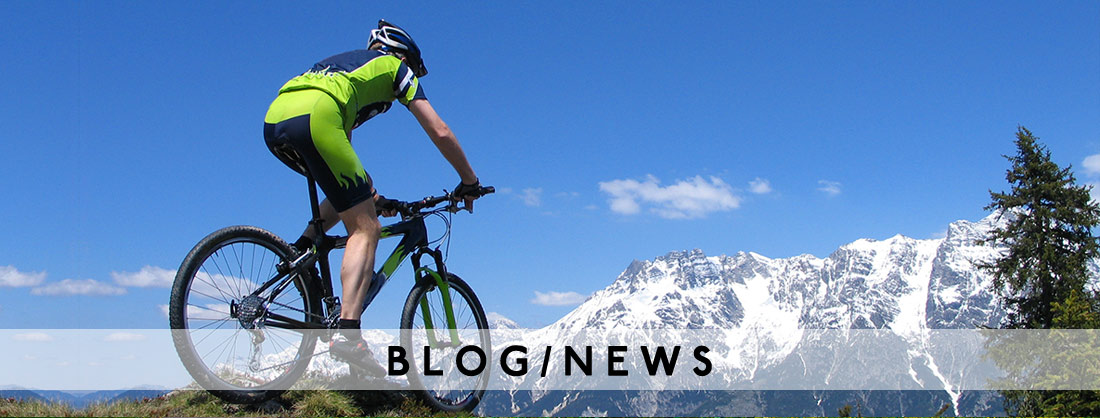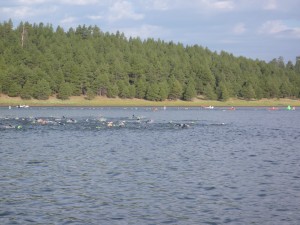After the Ironman Lake Tahoe announcement, we have received many questions about how to race at altitude and what effects it can have on performance. The general consensus among the sports science community is that the effects from altitude are seen at altitudes above 3,500 feet. IM Lake Tahoe will be raced above 6,200 feet and definitely fits the definition of a race at altitude. Here locally, we have events in Flagstaff and Show Low that are raced at altitudes of 7,000 feet and 6,200 feet respectively.
Due to a decrease in atmospheric pressure at altitude, we take in less O2 per breath than we do at sea level. The body tries to make up for this O2 deficit by increasing the respiratory rate and the heart rate. This is an attempt by the body to increase the amount of O2 that is delivered to the muscles. The end result is that during exercise, we can expect to hit lactate threshold at slower paces and typically see higher HRs than we would at sea level.
So keep the following things in mind when racing at altitude. These are written with Olympic-distance racing in mind, but the principles can be applied across all distances. The intensities are obviously lower the longer the race distance.
Swim – Start very, very slow. Your breathing rate is fixed while swimming but there is less O2 available per breath than what you are used to. By fixed, this refers to the fact that you can only breathe every so many strokes because your head is otherwise underwater. If you are two-count breathing, you are only able to breathe once every two strokes. You cannot increase respiratory rate without increasing stroke rate. If you start too fast you will go into O2 debt (exceed LT) in about 2-4 min. We see this every year where people who start in a sprint end up breast stroking at the first buoy as they try and increase their respiratory rate (get the head out of the water) to get some more O2 into their system. Start slowly and build into the swim – stay in control. Do not sprint the first 200 meters! This applies to all racers – fast or not so fast. Be smart. Swimming at altitude is the biggest challenge you face on race day. Start slow and you will give yourself a chance.
Bike/Run – Trust your perceived exertion when racing at altitude. While HR is usually high when resting at altitude due to the body trying to get more oxygen where it needs to go, the HR is usually suppressed during exercise because we hit threshold at much lower outputs than we do at sea level. Expect to hurt the same as you would at threshold at sea level but you will be moving at a somewhat slower pace due to the decreased O2. The same goes for the run. You will hurt the same but will be moving slower than at sea level. Don’t get discouraged if you see slower mph or pace/mile than what you are used to. Just push yourself at what feels like a threshold effort and you will be right on course. Realistically, racing a 7,000-foot course is probably not the likeliest place to set a PR J. You can expect a decrease in performance by about 7% at 7,000 feet. This means a 45-min 10K runner will be doing well to run under 49 min at 7,000 feet. Adjust your time goals accordingly. Try and ride at what feels like threshold to just below threshold on the bike and threshold to just above threshold on the run.
Be sure to drink plenty of fluids when at altitude as the increased respiratory rates can cause you to get dehydrated faster even when just walking around.
Have fun, race hard and enjoy the mountains!



